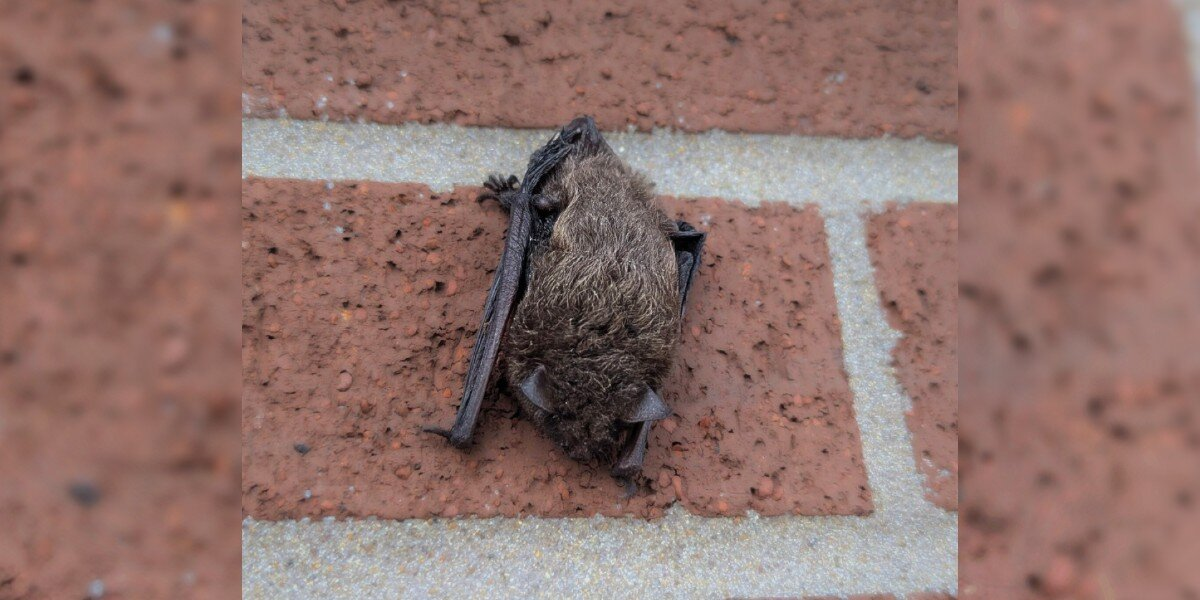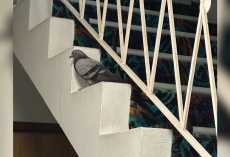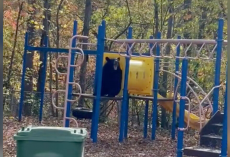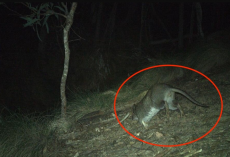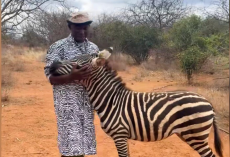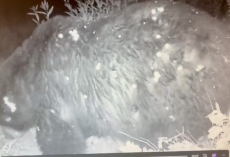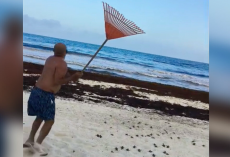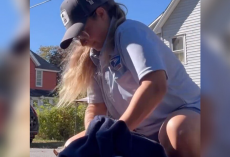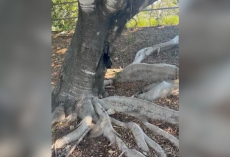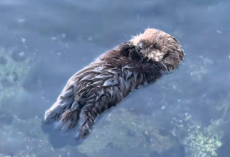When a Kirkwood, Missouri, resident named Eros walked past an office building recently, something odd caught their eye — a “furry lump” clinging motionless to the brick wall.
At first, it was hard to tell what it was. But as Eros got closer, they realized it was a tiny bat, face pressed against the wall, completely still.
Concerned, Eros asked the office staff if they’d noticed the animal. To their shock, the workers said the bat hadn’t moved in three days.
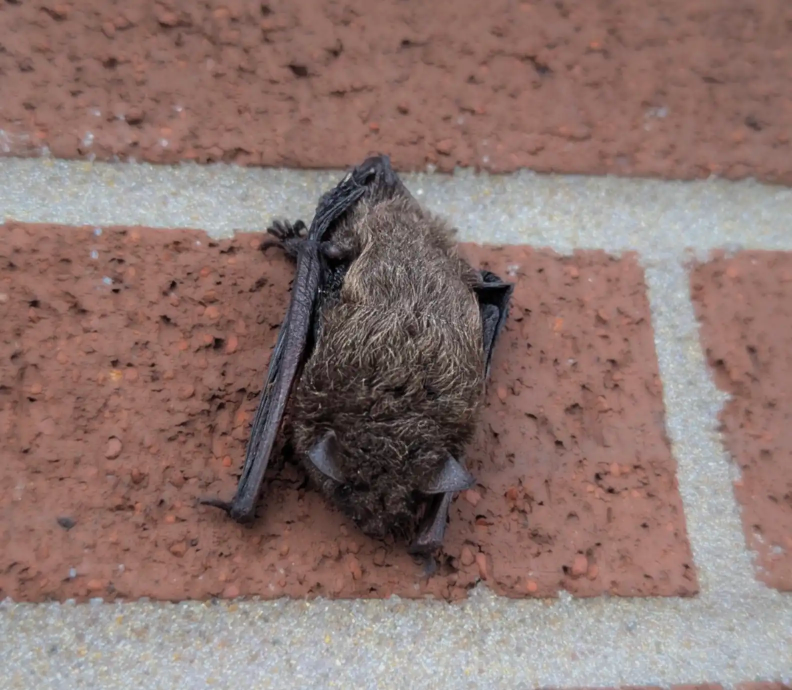
Eros’ partner, Elspeth Furey, volunteers with the Wildlife Rescue Center (WRC) as a bat rescuer. When she heard about the situation, she immediately knew something was wrong.
“I knew that wasn’t normal,” Furey told The Dodo.
Wearing gloves, Furey carefully transferred the little bat into a towel-lined bin and rushed her to WRC. There, staff discovered the cause of her exhaustion — a severe mite infestation. With treatment, rest, and proper care, the bat slowly began to regain her strength.
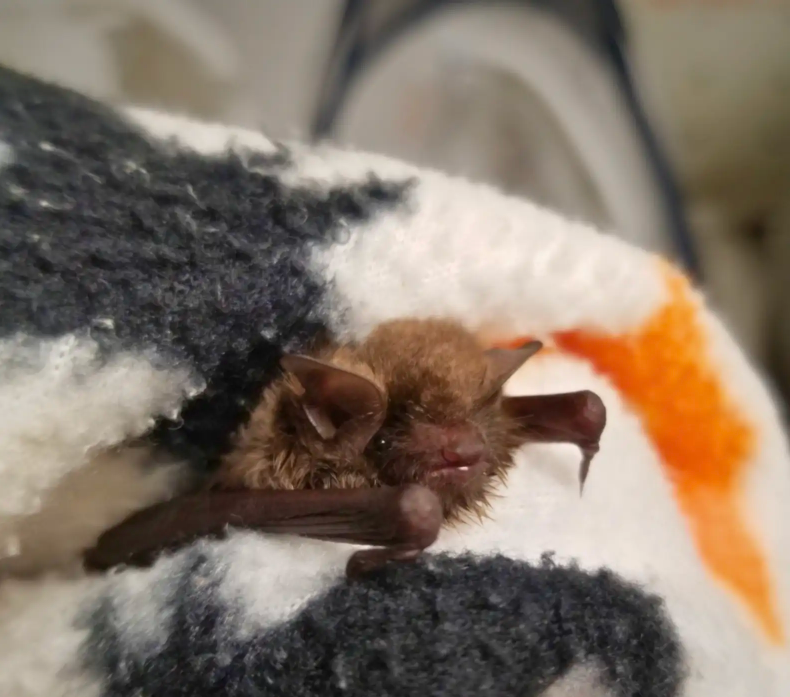
But that wasn’t the only surprise.
After closer study, rescuers realized she wasn’t just any bat — she was an Indiana bat, an endangered species.
“She was already special to us,” Furey said. “But I didn’t know she would be quite so special from a conservation perspective.”
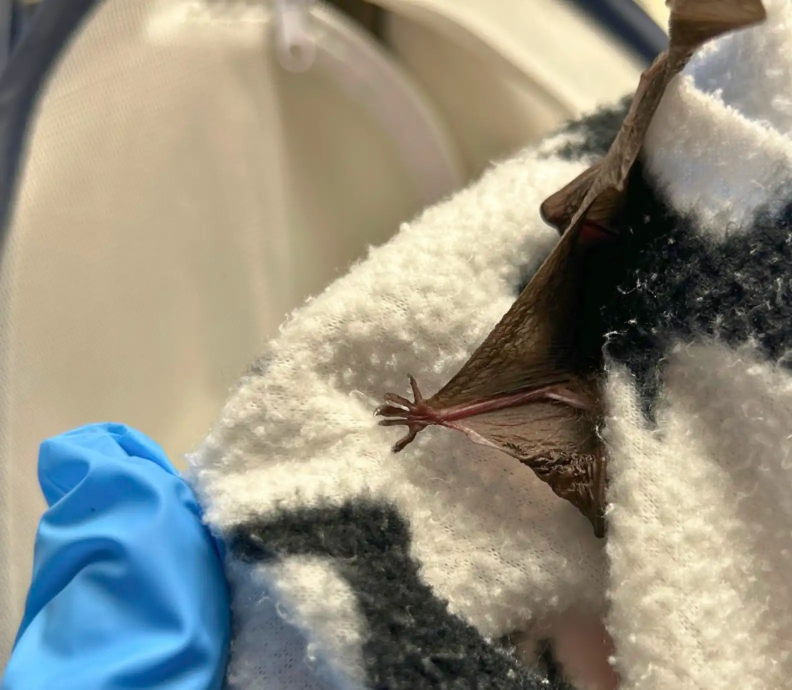
Indiana bats are small — just two inches long and weighing less than an ounce — but their populations have been devastated by white-nose syndrome, pesticides, and habitat loss. In the past decade, their numbers have dropped by 50%.
For the WRC team, helping one back to health was both a huge responsibility and an incredible opportunity.
“As worried as I was for her, it was also really exciting to get to see her up close,” Furey said.
Just three days after arriving at the center, the little Indiana bat was healthy enough to be released back into her natural habitat — a rare and joyful moment for the entire rescue team.
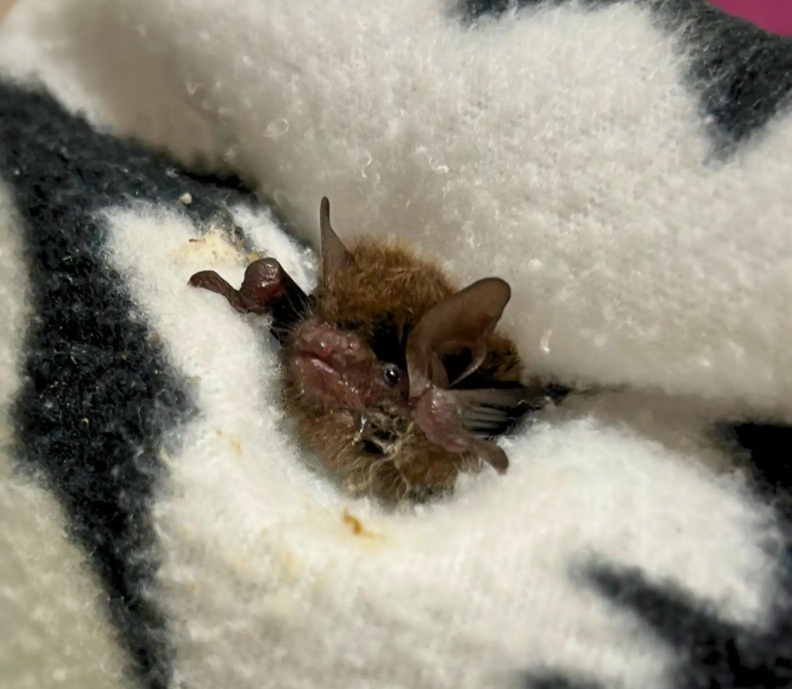
“While each patient’s release is something to celebrate, releasing an endangered species back to their natural habitat is extremely special,” said Christina Kinnamon, development associate at WRC.
The tiny “furry lump” on the wall turned out to be not only a survivor, but also a precious part of Missouri’s ecosystem — one who now has a second chance.
If you ever spot a bat in distress, WRC urges you to call a licensed wildlife rehabilitator for help — and never handle one with bare hands.
To help support other animals like this bat, you can donate to WRC here.

